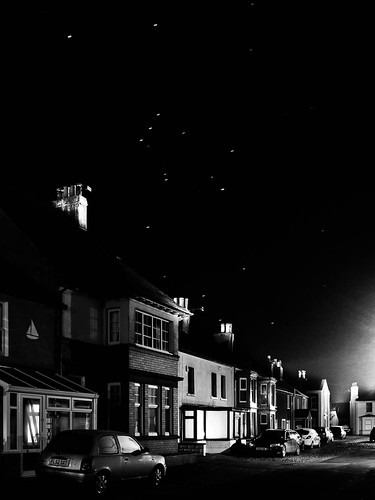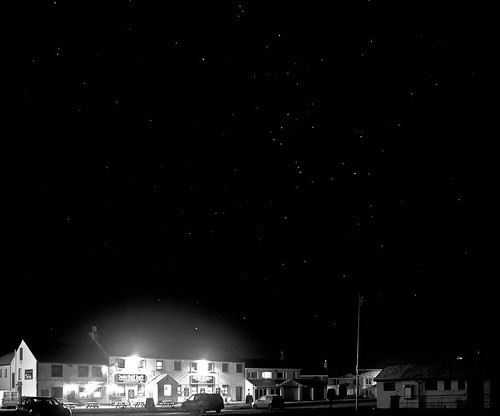Current Exhibitions | Abbot Hall Art Gallery:
Popped along to see this exhibition yesterday, mainly out of curiosity – its not often that someone of Turner’s stature gets exhibited in Cumbria, so it would be foolish not to take the chance while I have it. There’s a Guardian review here for further info
The Hickman Bacon collection, at least the bits of it on show here, consist of a collection of watercolour sketches by Turner, and a number of larger works by some of his less famous contemporaries (none of whom were familiar to me). They are seldom shown so they have not faded , as I am led to believe is typical of watercolours. The interpretive notes made much of the ‘brilliance’ of the colours and the ‘virtuosity’ of Turner’s technique – but I would have to say they were not as bright as I expected (to much exposure to Kodachrome/Fujichrome perhaps). I am also in no position to judge the virtuosity of the technique – watercolour painting is a black art to me – so all I can do here is give a view personal observations.
- The first is that the Turner’s were much smaller than I expected. It became clear pretty quickly that this was a collection of watercolour sketches, and there was some suggestion in the notes that Turner used these as the basis for ‘exhibition’ artworks. Not being an artist this approach to how they work had never really occurred to me – but it is obvious that he would take himself down to the beach at Margate – or wherever – whip out a sketch pad and a small selection of paints and set to work- which seems to humanise a giant of art very nicely to me.
- There were lots of cloudscapes, seascapes and sunsets – Turner was obviously a collector of sky effects. To me this emphasises a key philosophical difference between painting and photography. Turner could collect skies and water effects and marshal them into a single painting – while Photoshop makes this possible for photographs it is generally less convincing.
- The sketches were surprisingly modern – which reflects my understanding of the history of art. In my mind the time span between Turner/Constable and the Impressionists was quite significant, when in reality it was very short. Turner is contemporaneous with pre-impressionists such as Corot, and on a couple of occasions I was struck by the similarities between a Turner sketch and Corot – although as far as I have been able to discover they never met each other. I was expecting a lot of fine detail, but what I got was sweeping brushwork, clever use of the brush to produce spray effects, layers of colour and so on – in other words a move away from realism to a more impressionistic approach.
- My final observation is about my fellow gallery visitors. There seems to be a view amongst them that the best way to see a painting which is 9-10 inches across is to stand with your nose 6 inches from the glass. Why is this? And why does anyone think it’s right to do this when I am stood 3-4 feet back and am obviously already looking at the same painting as they reach it. Aaaargh!!!
That’s it really. The exhibition was quite an eye-opener for me. I had always assumed Turner to be a bit of a fussy landscape painter – which just shows how wrong you can be.




 .
.